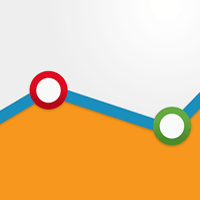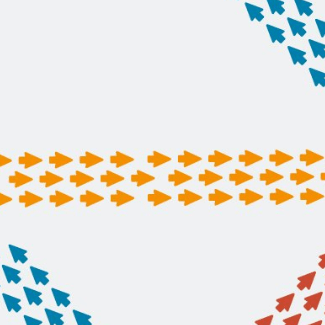What is Sessionization and Why Does it Matter?

:: By Tomer Ben Moshe, CoolaData ::
Companies can use behavioral analytics to understand how and why users behave the way they do, when online or on mobile devices, and predict future trends and errors.
One of the unique tools used to measure user behavior is sessionization. The sessionization process can order a sequence of actions or requests made by an individual user during the course of an interaction, as part of a series of transactions made available. With sessionization for Web analytics, online businesses can determine where users get lost or frustrated, how deeply they go into content and identify opportunities to make organizational improvements across the website.
Without the sessionization method, log files don't have a reliable way to determine if a user who viewed a certain page is the same person who viewed another page.
A session ID is created and stored every time a user visits the Web page or mobile application. The Session ID is valid while this user is active and when he or she stops being active, the session expires along with its session ID. When a user decides to log in to a website, an identity is attached to the individual and a user ID is formed. Online businesses can then associate the user ID with its session ID, and begin collecting data about that specific user.
Events are triggered by user interactions on a website, like clicks, downloads and sales. In parallel, each session has its own characteristics such as overall time, amount of events and country IP, to name a few. In other words, events are stored under each session ID, which in turn is linked to a user ID and then data is collected and analyzed.
So what happens when session IDs aren't linked to events? They are often tied to the same amount of time - usually 24 hours - and are not linked to the duration of actions. This is where things get a little tricky, because each session lasts a whole day and so behavioral insights cannot be produced. In simpler terms, the session of a user visiting several times in the same day for different purposes is analyzed as one. Individual sessions aren't divided to correlate with user behavior.
There are two main types of sessionization:
The first is 'Reactive Sessionization,' where timeslots are defined by each company based on its needs. Sessions are created according to the idle time between each tracked event. Let's say, the timeslot is defined at five minutes: a new session is created if more than five minutes go by without any actions. Reactive Sessionization is best utilized by companies that cut off users' sessions, like a website selling concert tickets or a bank.
And then there is 'Dynamic Sessionization' that helps businesses learn about people's behaviors and figure out how time factors into user actions. Let's say a company defines a session's idle threshold as a five minute timeslot. User A is a fast Web surfer and the typical interval between two events is one minute while user B is a slow Web surfer and the typical interval between two events is 10 minutes. In this scenario, Reactive Sessionization will not accurately portray their behavioral patterns.
Dynamic Sessonization doesn't just track the timeslots between each event but also tracks how long the sessions lasted and then calculates the real-time averages of these sessions. This helps online businesses get a very accurate picture of how users behave both during session and between sessions.
The difference between tracking sessions with Dynamic Sessionization and say Google Analytics' visits is the threshold of session idle time: the amount of time that goes by before a new session is created. Google will wait 24 hours, even if the idle time between two events is significantly long. Dynamic Sessionization will help to monitor each and every user in order to give businesses with accurate sessions, adding time in as an analytical element. This will help companies to better analyze user behavior and even predict future trends.
CoolaData's CEO Tomer Ben Moshe spent several years at Amdocs (NYSE:DOX), where he co-initiated and served as SVP, COO of Amdocs Cloud Services. Before Amdocs Tomer was the CTO of Microsoft Israel, where he worked closely with software vendors, startups and the developer community.








